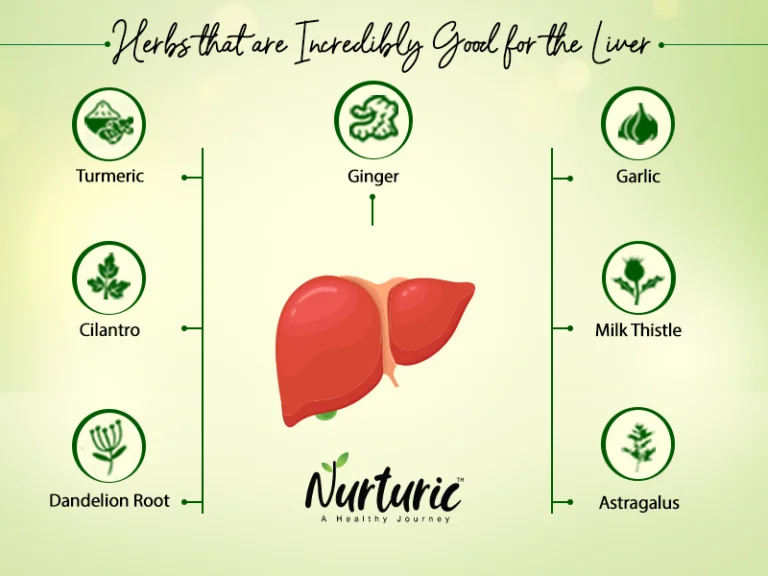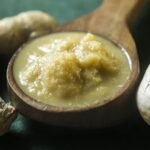How to Identify Medicinal Plants in Nature
Identifying medicinal plants in nature is a rewarding skill that connects you to traditional healing practices. However, it requires careful observation and knowledge, as some plants can be toxic or harmful if misidentified. In this guide, we’ll explore how to identify medicinal plants safely and with confidence.
1. Research and Study Beforehand
Before heading out into nature, it’s crucial to familiarize yourself with the plants that are commonly used for medicinal purposes in your region. Look for guides, apps, or online resources that specialize in plant identification. Some popular resources include:
- Books like “The Complete Medicinal Herbal” by Penelope Ody or “The Herbal Medicine-Maker’s Handbook” by James Green.
- Apps such as “PlantSnap” or “iNaturalist” that help with instant identification by comparing photos.

2. Learn Key Features of Medicinal Plants
Medicinal plants often have unique features that distinguish them from other plants. When you encounter a plant, look for the following key characteristics:
- Leaves: The shape, size, and arrangement of leaves can often give you a clue about a plant’s identity. Some plants, like mint, have opposite leaves, while others, like lavender, have narrow leaves.
- Flowers: The size, shape, color, and structure of flowers can help identify a plant. For example, Echinacea (Purple Coneflower) has large purple petals surrounding a cone-shaped center.
- Roots: Some plants, like ginseng, have distinctive roots that are part of their medicinal properties. Check the texture and color of the root when harvesting.
- Smell: Many medicinal plants have a strong, recognizable fragrance, like peppermint or rosemary, which can be a helpful identifier.
3. Examine the Plant’s Habitat
The environment where a plant is found can also provide valuable clues. Medicinal plants tend to thrive in specific types of habitats. For instance:
- Echinacea grows in open prairies and meadows.
- St. John’s Wort often thrives in sunny, dry areas.
By understanding the type of environment where medicinal plants grow, you can narrow down your search.
4. Use Field Guides and Apps
When identifying plants in the wild, field guides and mobile apps can be invaluable tools. Field guides offer detailed pictures and descriptions of plants, while apps like “PlantNet” or “Seek by iNaturalist” allow you to take pictures and compare them to online databases. These tools make plant identification more accurate and accessible for beginners.
5. Look for Identifying Marks
Some medicinal plants have distinctive marks that can help you recognize them. For example, wild carrot (Queen Anne’s Lace) has a cluster of small white flowers that form a lace-like shape, and lavender has purple spikes of small flowers. These markings can help you distinguish between similar-looking plants.
While identifying medicinal plants in nature, many enthusiasts find that developing keen observation skills transfers well to other precision-based activities. Some herbalists report that the focus required for plant identification reminds them of the concentration needed for strategic games.
In fact, one colleague mentioned how their plant foraging focus was honed through activities at Stellarspins Online, where attention to detail is equally valuable. This mindful approach to pattern recognition serves both botanists and strategy enthusiasts alike.
Remember that proper plant identification requires verifying multiple characteristics before harvesting any wild specimens for medicinal use.
6. Cross-Check Before Use
Always double-check your identification. Even experienced foragers can mistake one plant for another, and misidentifying a plant can have serious consequences. Use multiple sources (e.g., books, apps, trusted websites) to ensure your plant is correctly identified. Never consume a plant unless you are 100% sure it is safe.
7. Be Aware of Toxic Look-Alikes
Some poisonous plants closely resemble medicinal ones, so it’s important to be aware of toxic look-alikes. For example, hemlock closely resembles wild carrot, but it is deadly. Familiarize yourself with plants that are poisonous in your area to avoid dangerous mistakes.
8. Harvest with Care
Once you’ve identified a medicinal plant, harvest it responsibly. Overharvesting can endanger local plant populations, so be mindful of how much you take. For example, avoid taking entire roots and always leave some plants behind to regenerate. If you’re unsure, consult an expert before harvesting.
9. Use and Prepare Medicinal Plants
Once identified and harvested, medicinal plants can be used in various forms, such as teas, tinctures, salves, or powders. Always follow proper preparation techniques, as some plants can have potent effects. Research the correct method of use for each plant to ensure you are using them safely and effectively.
Conclusion
Identifying medicinal plants in nature is a skill that requires patience, practice, and respect for the environment. By studying plants, using reliable resources, and following safety precautions, you can connect with the healing power of nature. Remember, always err on the side of caution and consult experts if you’re unsure. With careful attention and respect, you can unlock the benefits of medicinal plants for wellness and healing.



